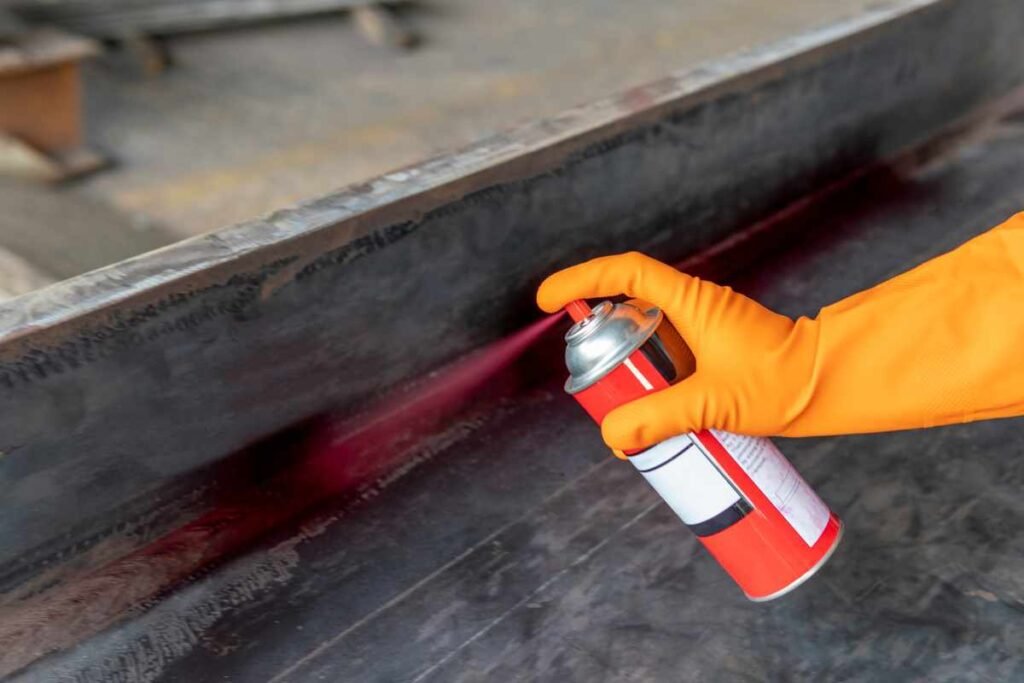Plumbing issues have a way of showing up at the worst possible time. A stuck faucet nut, a frozen pipe joint, or a corroded valve can turn a simple fix into a time consuming and expensive project. Before calling a professional or replacing an entire fixture, many homeowners are surprised to learn that a small but powerful helper can often solve the problem quickly. That helper is penetrating oil. When used correctly, it can free stubborn plumbing parts, prevent damage, and save you from unnecessary repair costs. Understanding how this simple solution works can make every future repair project smoother, safer, and far more affordable.
Using the best penetrating oil for plumbing does not require advanced skills. What matters is knowing when and how to apply it. Modern plumbing systems are designed to be durable, but they still face moisture exposure, mineral buildup, rust, and metal fatigue. Over time, these factors cause components to tighten, seize, or fuse together. Penetrating oil offers an easy way to break through that resistance without relying on excessive force. With the right technique, what initially seems like a major repair becomes a quick fix.
Why Plumbing Parts Get Stuck and Hard to Remove
Plumbing hardware is constantly exposed to water, humidity, minerals, heat fluctuations, and chemical reactions. Even high quality materials eventually develop corrosion, scale, or rust. These deposits settle into threads and gaps inside joints, making them bind tightly. When someone tries to loosen a connection by force, the surrounding components may crack, twist, or break entirely.
Metal fatigue is another common reason plumbing parts get stuck. Over years of water pressure and temperature changes, fittings expand and contract, pressing against each other until they become difficult to separate. In addition, older installations often use materials that were not designed for modern plumbing standards. These older connections can be fragile, and aggressive tools may cause irreversible damage.
Penetrating oil helps by using its thin consistency to seep deep into tight spaces where corrosion hides. It softens rust, dissolves deposits, and lubricates metal surfaces. With a little patience, parts that once felt locked in place begin to loosen with minimal effort.
How Penetrating Oil Works in Plumbing Repairs
Penetrating oil is specially formulated to break down the buildup that prevents plumbing parts from moving freely. When applied to a stuck joint or bolt, it travels along microscopic pathways until it reaches the seized area. Its active ingredients then begin softening the corrosion that has caused the lockup.
Within a short time, the parts start to shift, allowing you to loosen or remove them without damaging surrounding components. This reduces the risk of bending pipes, cracking fixtures, or stripping threads. Many DIY enthusiasts consider it a must have because it protects expensive hardware and significantly reduces the amount of manual force required.
The best penetrating oil for plumbing is designed to work on various metals, including brass, copper, steel, and aluminum. This versatility makes it useful for nearly any repair inside a home, from faucets and pipe fittings to shower valves and outdoor connections.
Types of Plumbing Problems It Can Help Fix
Penetrating oil can resolve several common plumbing challenges that homeowners frequently encounter. Some of the most common include:
Stuck Faucet Nuts
Mineral buildup often collects around faucet components, making the nuts extremely difficult to loosen. A quick application helps break down these deposits.
Frozen Pipe Joints
Outdoor plumbing or rarely used connections often rust over time. Penetrating oil helps soften the rust, allowing joints to twist open again.
Corroded Valves
Older valves sometimes refuse to turn. Applying penetrating oil allows the internal parts to move more freely.
Shower and Tub Hardware
Shower arms, handles, and diverter valves commonly seize due to moisture exposure. A small amount of penetrating oil can make disassembly much easier.
Toilet Bolts and Mounting Screws
Removing fixtures often requires loosening bolts that have been exposed to moisture for years. Penetrating oil makes the process smoother and prevents breakage.
Why Penetrating Oil Saves Money on Plumbing Repairs
Many homeowners jump straight into replacing stuck plumbing parts or calling a professional when they struggle to loosen a stubborn component. While there are times when expert help is necessary, some issues are much simpler than they appear. Using penetrating oil can dramatically reduce repair costs in several ways.
First, it prevents damage caused by excessive force. Too much torque applied to a stuck connection can lead to broken pipes, damaged fittings, or cracked fixtures. Repairs for these issues can be far more expensive than the original problem.
Second, penetrating oil extends the lifespan of existing hardware. Instead of replacing an entire assembly because one part will not move, you can often free and reuse the existing components. This is particularly helpful with older installations where replacement parts may be difficult to find.
Third, using this simple solution reduces the need for specialized tools. Without penetrating oil, homeowners often resort to hammers, torches, or heavy duty wrenches. These tools can be expensive and risky to use without experience. Penetrating oil offers a safer and easier alternative.
How to Use Penetrating Oil Safely and Effectively
Applying penetrating oil is straightforward, but following the right steps ensures the best results.
Clean the Area First
Remove dirt, dust, and loose debris. This allows the oil to reach the corroded parts more easily.
Apply Generously Around the Joint
Aim for full coverage around threads, bolts, or frozen parts. Gravity will help the oil seep inward.
Allow Time to Work
Penetrating oil needs time to break down rust and buildup. A few minutes is often enough, but heavily corroded parts may require multiple applications over a longer period.
Use Steady Pressure
After waiting, gently apply pressure with a wrench or pliers. Avoid sudden or forceful movements.
Repeat if Necessary
Some old or heavily rusted joints need more than one round of treatment. Repeat the process until the part begins to move.
Preventing Future Plumbing Problems With Routine Maintenance
While penetrating oil is incredibly useful for freeing stuck parts, regular maintenance can help avoid these issues altogether. A few simple habits can greatly extend the life of your plumbing system.
Inspect Connections Regularly
Checking for signs of rust, leaks, or mineral buildup helps you address problems early.
Clean Mineral Deposits
Areas with hard water often accumulate scale, which contributes to seized parts. Using routine cleaning solutions can slow this process.
Operate Valves Periodically
Turning water valves every few months keeps them from locking in one position.
Keep Moisture Under Control
Drying damp areas around fixtures helps prevent corrosion and rust.
Choosing the Right Penetrating Oil for Plumbing Tasks
While many products are available, the best penetrating oil for plumbing should offer the right balance of lubrication and corrosion breaking capabilities. A good formula will move easily into tight spaces, soften rust quickly, and be safe for various metals. A quality option should also not leave behind heavy residue or strong odors.
Choosing a reliable product ensures efficient repairs and long term protection against future corrosion. Keeping a bottle in your toolkit means you are always prepared for unexpected plumbing challenges.
Plumbing problems do not always require expensive tools or professional help. In many cases, stuck parts, rusted joints, and seized fittings can be handled with patience and a little assistance from penetrating oil. Its ability to loosen frozen components makes it one of the most valuable tools for homeowners and DIY enthusiasts.
By understanding how and when to use it, you can avoid damaging your plumbing system, extend the life of your fixtures, and save significant money on repairs. Whether you are dealing with an old valve, a stubborn nut, or a rusted connection, this simple solution can transform a difficult project into a quick fix. Keeping penetrating oil on hand ensures that the next time a plumbing issue arises, you are well prepared to handle it efficiently and confidently.

